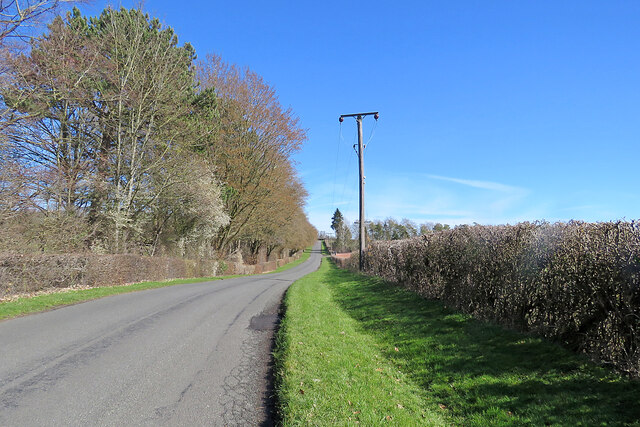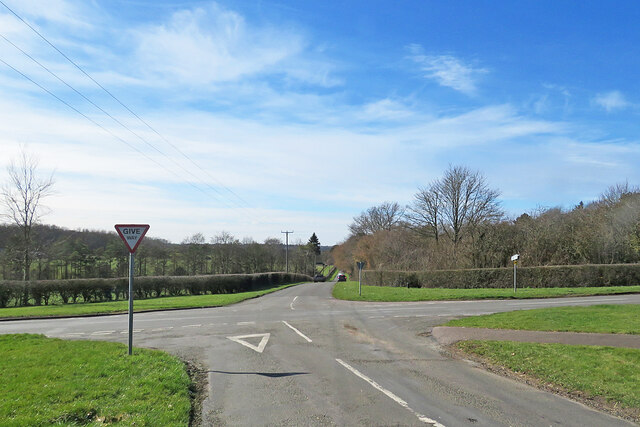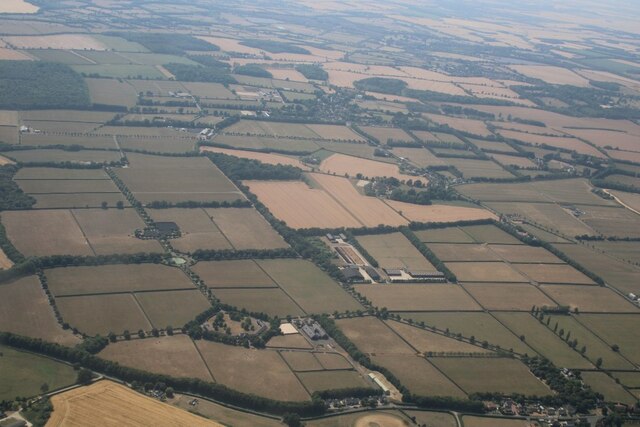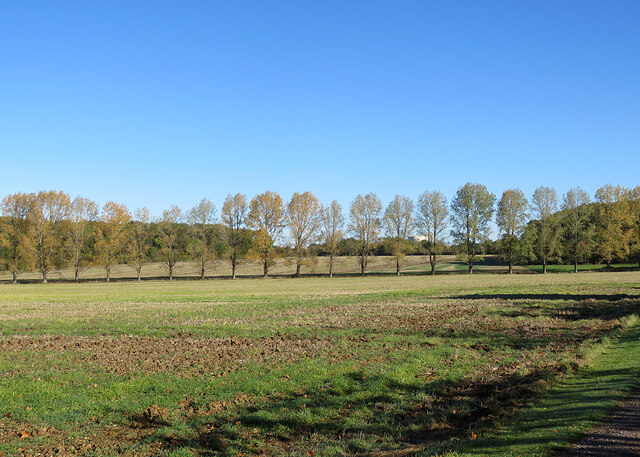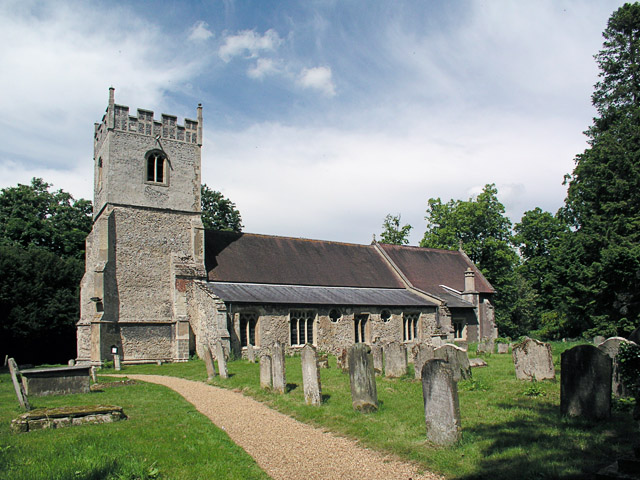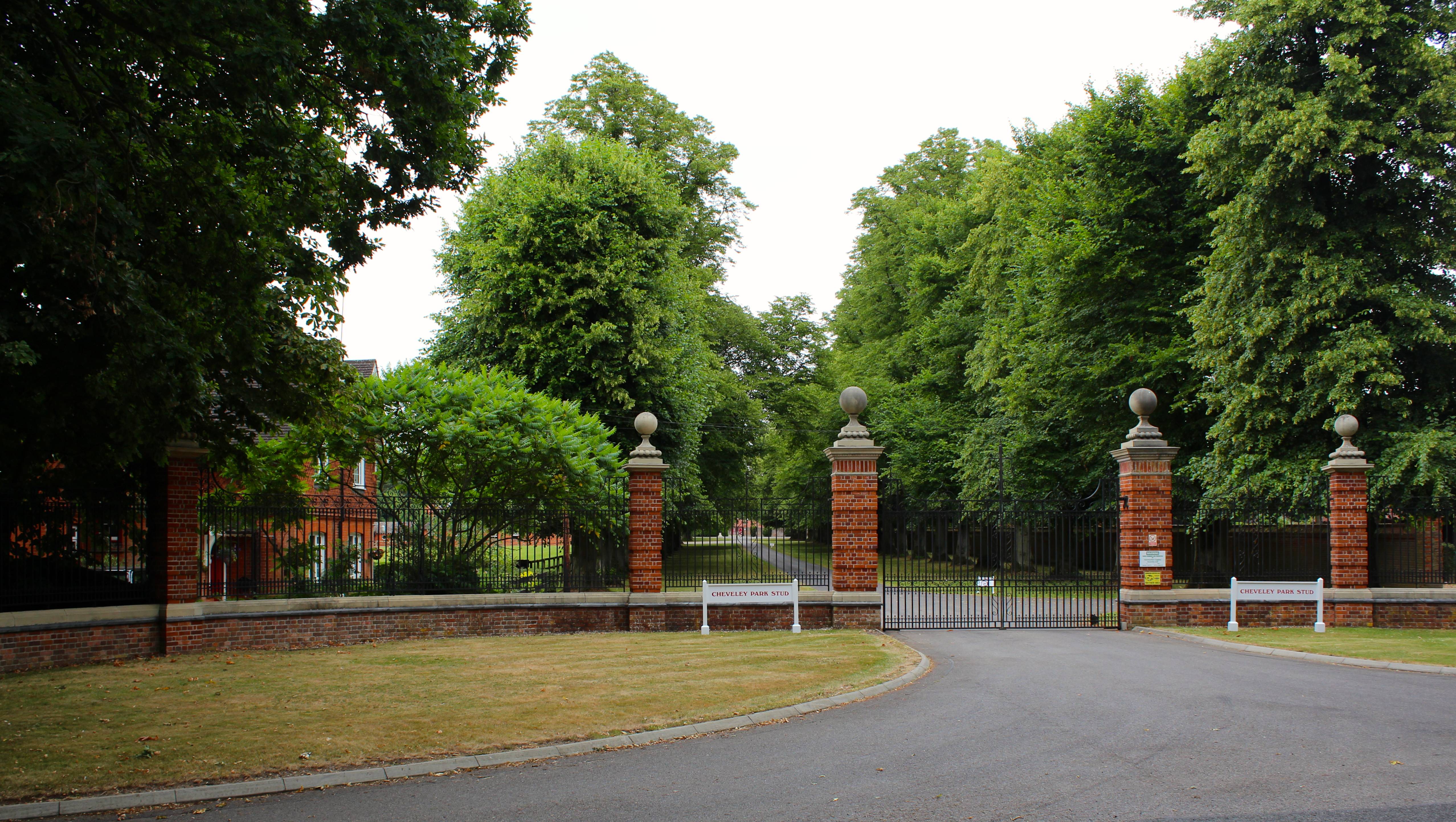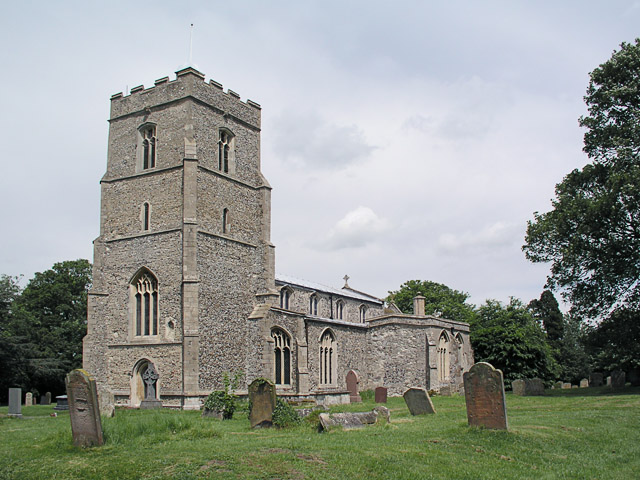Woodditton
Settlement in Cambridgeshire East Cambridgeshire
England
Woodditton

Woodditton is a small village located in the county of Cambridgeshire, England. Situated approximately 10 miles east of the city of Cambridge, it lies on the outskirts of the Newmarket town, famous for its horse racing heritage. The village is nestled in a rural setting, surrounded by open fields and farmland.
Woodditton has a long history, with evidence of human settlement dating back to the Roman times. The village is home to several historic buildings, including St. Mary's Church, a Grade I listed structure that dates back to the 13th century. The church features beautiful stained glass windows and a historic bell tower.
Despite its small size, Woodditton offers a close-knit community atmosphere. The village has a local pub, The Three Blackbirds, which serves as a hub for social gatherings and events. Additionally, there is a primary school, providing education for the local children.
The surrounding countryside provides ample opportunities for outdoor activities. There are several footpaths and bridleways that wind through the picturesque landscape, making it a popular destination for walkers, cyclists, and horse riders. The nearby Devil's Dyke, an ancient earthwork, offers panoramic views of the Cambridgeshire countryside.
Woodditton is well-connected to neighboring towns and cities. It is easily accessible by road, with the A14 and A11 connecting it to Cambridge and Newmarket. The village also benefits from regular bus services, providing convenient transportation options for residents and visitors alike.
If you have any feedback on the listing, please let us know in the comments section below.
Woodditton Images
Images are sourced within 2km of 52.205402/0.425636 or Grid Reference TL6559. Thanks to Geograph Open Source API. All images are credited.



Woodditton is located at Grid Ref: TL6559 (Lat: 52.205402, Lng: 0.425636)
Administrative County: Cambridgeshire
District: East Cambridgeshire
Police Authority: Cambridgeshire
What 3 Words
///moons.drilled.shudders. Near Newmarket, Suffolk
Nearby Locations
Related Wikis
Woodditton
Woodditton is a village and civil parish in East Cambridgeshire, England. The other settlements in the parish are Ditton Green, Little Ditton and Saxon...
Stetchworth
Stetchworth is a small village and civil parish in East Cambridgeshire, England, 3 miles (5 km) to the south of the horse-racing centre of Newmarket and...
Cheveley Park Stud
Cheveley Park Stud is a thoroughbred racehorse ownership and breeding operation in Newmarket, Suffolk, UK, which has bred and owned many notable horses...
Cheveley
The village of Cheveley is situated in the county of Cambridgeshire and lies about four miles east-south-east of the market town of Newmarket. The population...
Cheveley Castle
Cheveley Castle was a medieval fortified manor house near Cheveley, Cambridgeshire, England. == Details == Cheveley Castle was built by Sir John Pulteney...
Dullingham
Dullingham is a small village and civil parish in East Cambridgeshire, England. It is situated 4 miles (6 km) south of Newmarket and 14 miles (23 km) east...
Kirtling Tower
Kirtling Tower was a medieval castle and Tudor country house in Kirtling, Cambridgeshire, England, of which the gatehouse still remains. == History... ==
Beech House Stud
Beech House Stud is an English Thoroughbred racehorse breeding farm located on Cheveley Road near Newmarket, Suffolk currently owned by Sheikh Hamdan bin...
Nearby Amenities
Located within 500m of 52.205402,0.425636Have you been to Woodditton?
Leave your review of Woodditton below (or comments, questions and feedback).

